Landscapes Decoded —— The Origins and Development of Cambridgeshire's Medieval Fields
----- 风景解码
How were the field boundaries created and cultivated by the farmers of prehistoric and Roman Britain transformed into the open fields of medieval England? Historians and archaeologists have posited a complete physical break between the field systems of Roman Britain and the common or open fields of medieval England. Susan Oosthuizen fascinating research into the landscape history of the Bourn Valley, just west of Cambridge (an area which has been intensively cultivated for at least the last 3,000 years), has uncovered preserved prehistoric field patterns in the medieval furlongs there 鈥?startling in the context of 鈥榗hampion鈥?England. If it were possible to unravel the relationships between pre-open-field and open-field boundaries in the Valley between about 600 and 1100 AD, then a significant step forward might be taken in our understanding of the origins of medieval open-field systems in general. We might begin to understand the processes by which the fields, woods and pastures that developed over the prehistoric millennia and during the Roman centuries were organised into the completely new landscape of the medieval open fields. The unexpected discovery of what appears to be an 8th- or 9th-century proto-open-field pattern seems to indicate a fossilising of the process of development from prehistoric to medieval fields, which Susan Oosthuizen seeks to explain by examining the social, administrative and political contexts within which these changes took place. The newly uncovered evidence allows Oosthuizen to propose a new model for the introduction of common fields in England. -
{{comment.content}}
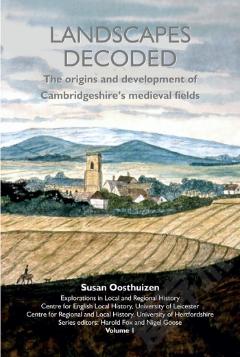
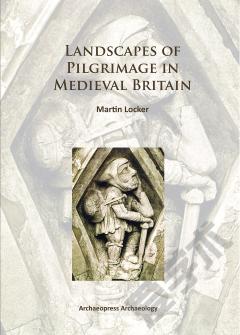
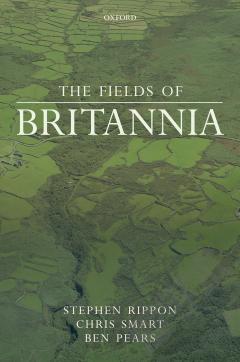

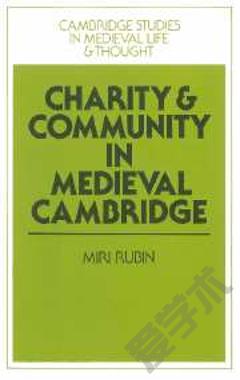

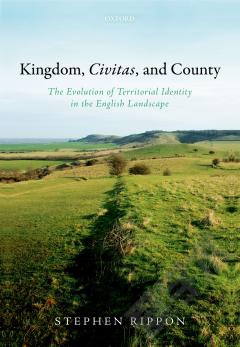

 京公网安备 11010802027623号
京公网安备 11010802027623号